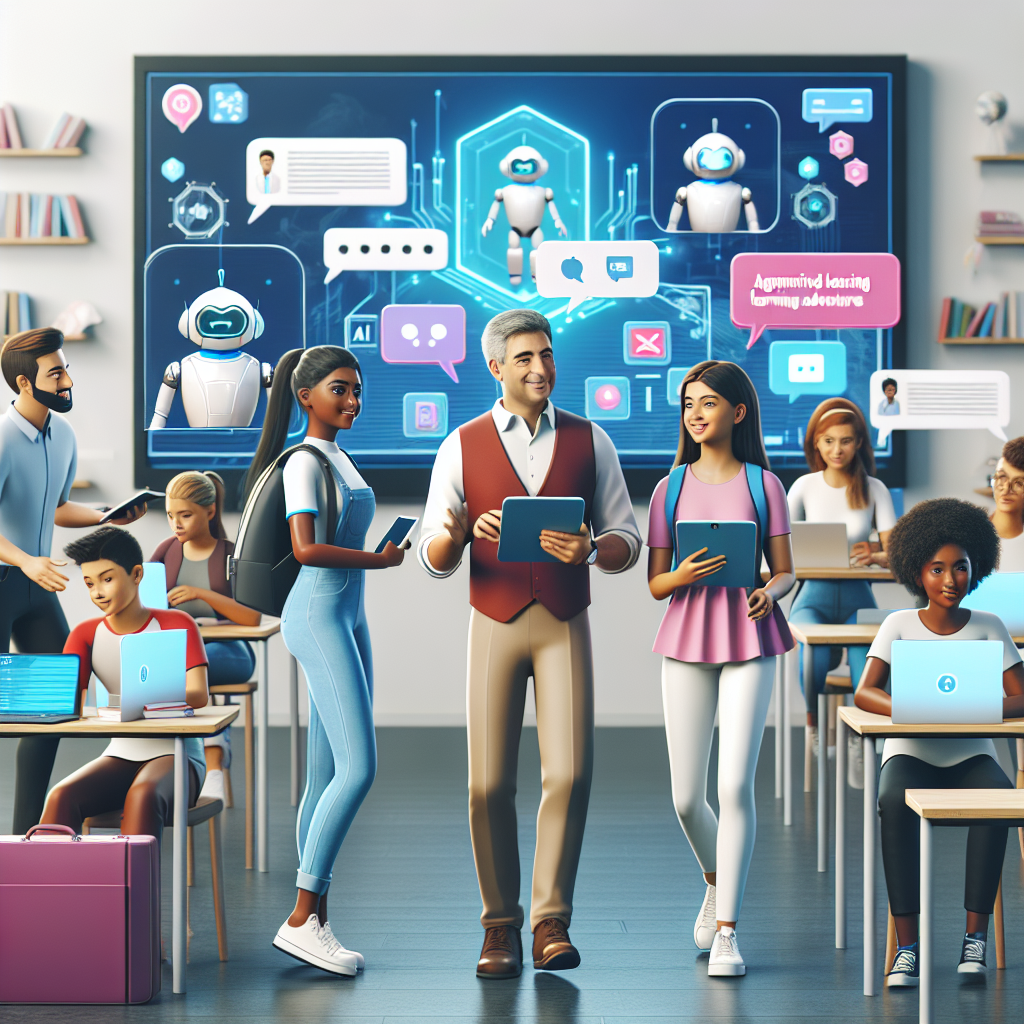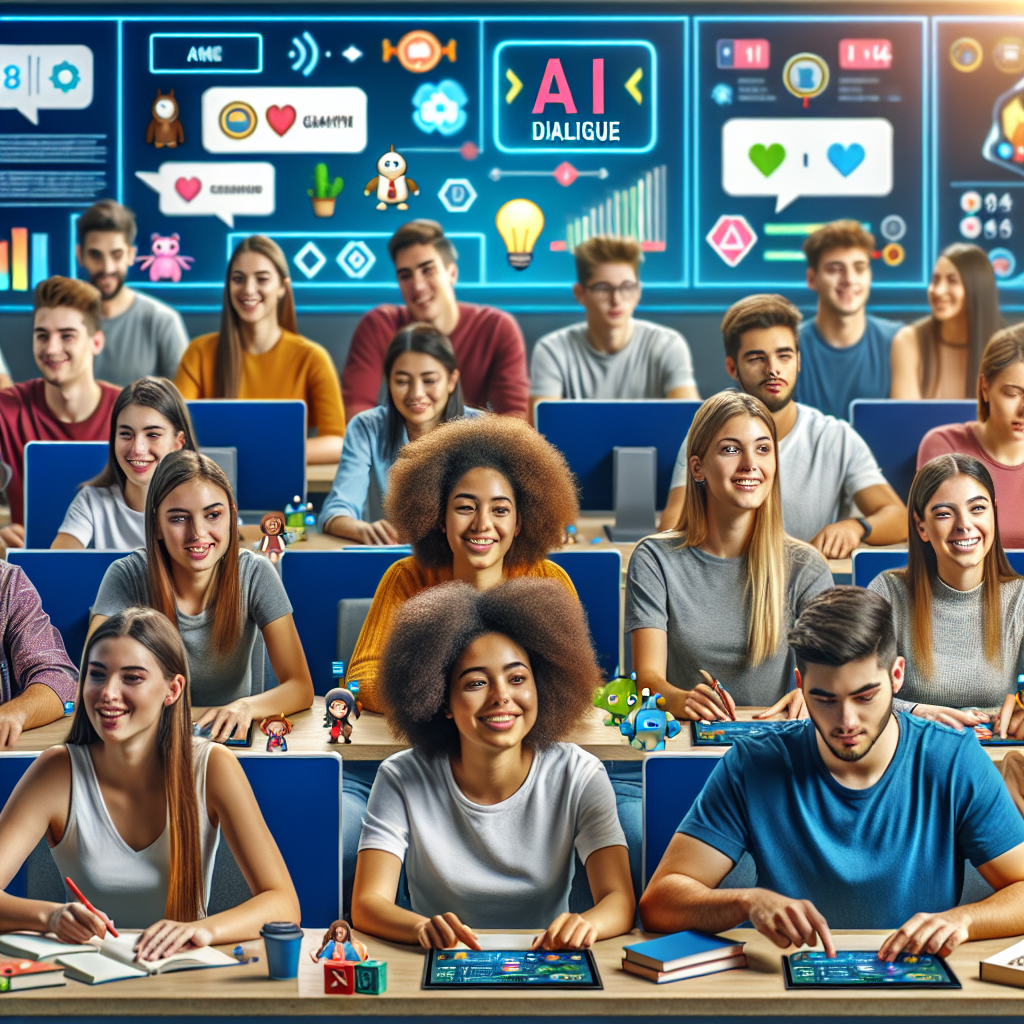Gamifying Learning with AI Dialogue Tools: An Interactive Adventure in Education

In the dynamic realm of educational technology, the infusion of artificial intelligence (AI) has revolutionized the way we approach learning, making it more interactive, personalized, and engaging. One of the most innovative applications of AI in education is the gamification of learning experiences through AI dialogue tools, with PopAi standing as a prime example of this transformative technology.
Imagine a language learning app where you're not just memorizing vocabulary but are instead embarking on a quest through a virtual country, conversing with AI characters who respond dynamically to your speech. Or consider a science lesson where you're not passively reading about chemical reactions but are instead solving puzzles that require you to apply that knowledge to progress. These are just a few examples of how AI dialogue tools can turn the abstract into the concrete, making learning not just an obligation but an exciting journey.
The advantages of gamified AI dialogue tools are numerous. They tap into our intrinsic motivation to achieve and compete, making the learning process more enjoyable and less daunting. By setting clear objectives and rewarding progress, these tools encourage learners to delve deeper into the material, often without them even realizing they're learning.

Moreover, the interactive nature of these tools fosters critical thinking and problem-solving skills. Unlike traditional lectures, where information is one-directional, AI dialogue tools require active participation. Learners must think on their feet, make decisions, and communicate effectively with the AI, which responds in real-time based on their input. This not only reinforces the material but also develops essential skills that are applicable beyond the classroom.
The applications of gamified AI dialogue tools are vast and span various subjects and age groups. For instance, in language learning, they can simulate real-life conversations, providing learners with practical speaking experience. In mathematics, they can turn complex problems into interactive puzzles that make learning math more accessible and fun. In history, they can transport learners back in time through interactive storytelling, bringing historical events to life.
Conclusion
AI dialogue tools are not just a novelty in education; they represent a significant leap forward in making learning more interactive, enjoyable, and effective. As we continue to innovate and integrate AI into educational practices, gamification will undoubtedly play a pivotal role in shaping the future of learning, one engaging challenge at a time.
